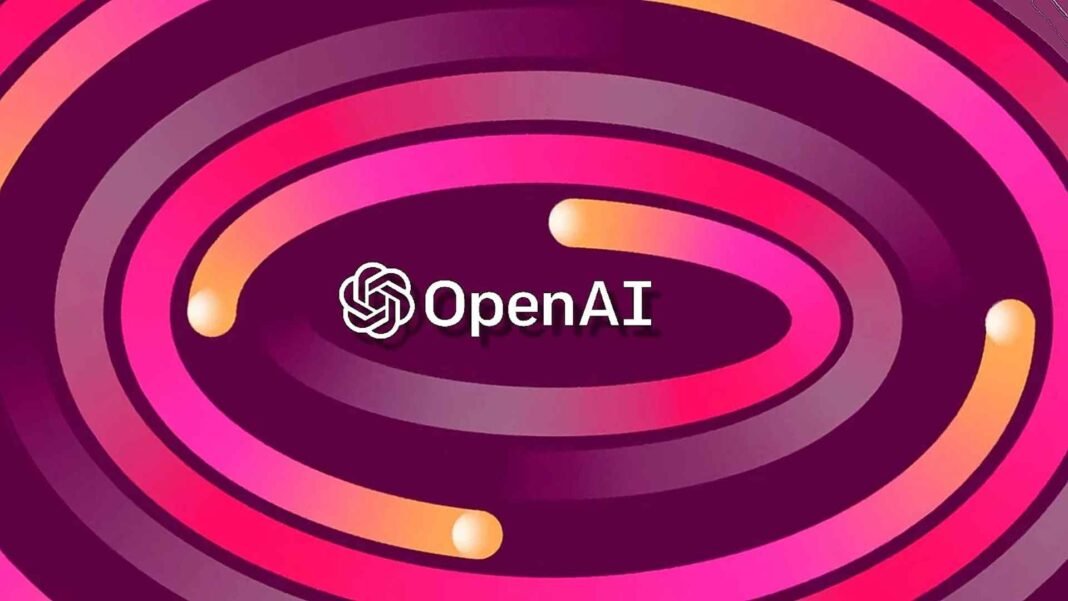OpenAI has made a significant leap in artificial intelligence by launching a new tool called Deep Research for its ChatGPT platform. This innovative feature aims to enhance the capabilities of ChatGPT, allowing users to conduct detailed and complex research more efficiently. The announcement came on February 3, 2025, during a YouTube livestream and was presented to various lawmakers and officials in Washington before its public unveiling.
What is deep research?
The Deep Research tool is OpenAI‘s latest addition to its suite of tools, powered by the advanced O3 reasoning model. This tool is specifically designed for web browsing and data analysis, enabling users to perform multi-step research tasks. Unlike previous iterations of ChatGPT, which focused on providing quick answers, Deep Research allows users to analyze multiple sources comprehensively. The tool can interpret vast amounts of text, images, and PDFs available online to produce thorough reports akin to those generated by professional research analysts.
How Does Deep Research Work?
Using deep research is straightforward. Users can select the “deep research” option within the ChatGPT interface and enter their queries. They also have the option to attach relevant files or spreadsheets for more tailored results. The AI processes these requests by searching through hundreds of online sources, synthesizing the information, and delivering a report within 5 to 30 minutes. Users receive notifications when their research is complete, streamlining the research process significantly.
This new feature is particularly valuable for professionals in various fields such as finance, engineering, literature, and biology. By automating complex research tasks that typically require hours or even days of manual work, the Deep Research tool helps save both time and resources.
Pricing and Accessibility
Initially, the Deep Research tool will be available exclusively to ChatGPT Pro users, who pay a subscription fee of $200 per month. OpenAI plans to extend access to its Plus tier users—who currently pay $20 per month—after conducting safety evaluations over the next month. The feature allows Pro users up to 100 queries per month, making it a powerful tool for those needing in-depth analysis.
However, it’s important to note that deep research is not yet available in certain regions, including the UK, Switzerland, and the European Economic Area. OpenAI has not provided a timeline for when these areas might gain access.
Implications for Users
The introduction of deep research tools marks a significant shift in how individuals and organizations approach information gathering and analysis. This tool empowers users to make informed decisions based on comprehensive data analysis rather than relying solely on quick answers from traditional search engines or simplified AI responses.
For instance, professionals can leverage Deep Research for tasks such as market analysis, academic research, or even personal decisions like purchasing expensive items (e.g., cars or home appliances). The ability to synthesize information from multiple sources enhances the quality of insights available to users.
Competitive Landscape
OpenAI’s launch of the Deep Research tool comes at a time when competition in the AI space is intensifying. Notably, China’s DeepSeek chatbot has emerged as a formidable competitor with claims of cost-effectiveness and efficiency. This competitive environment pushes American developers like OpenAI to innovate continuously and improve their offerings.
Sam Altman, CEO of OpenAI, emphasized the transformative potential of deep research on social media, describing it as “like a superpower; experts on demand.” He highlighted that this tool can perform tasks that would otherwise take considerable time and financial resources.
Future Developments
OpenAI has ambitious plans for deep research beyond its initial capabilities. Currently limited to text output, the company intends to incorporate features such as embedded images and data visualizations in future updates. These enhancements will further enrich the reports generated by the AI agent and broaden its applicability across different domains.
Additionally, there are plans to integrate the Deep Research tool into both mobile and desktop applications later this month. This move will make it even more accessible for users who prefer researching various devices.
The launch of OpenAI’s Deep Research tool represents a significant advancement in AI-assisted research capabilities. By providing users with an efficient means of conducting detailed analysis across multiple sources, this tool stands to revolutionize how professionals approach their work. As competition in the AI sector heats up, tools like Deep Research will likely play a crucial role in shaping the future landscape of information gathering and analysis.
With its user-friendly interface and powerful analytical capabilities, the Deep Research tool is set to become an invaluable asset for anyone looking to enhance their research efficiency in today’s fast-paced digital world.










